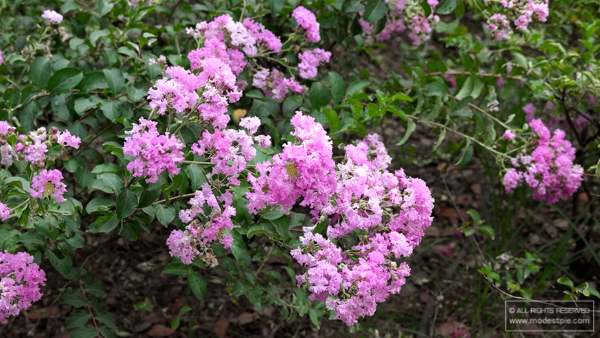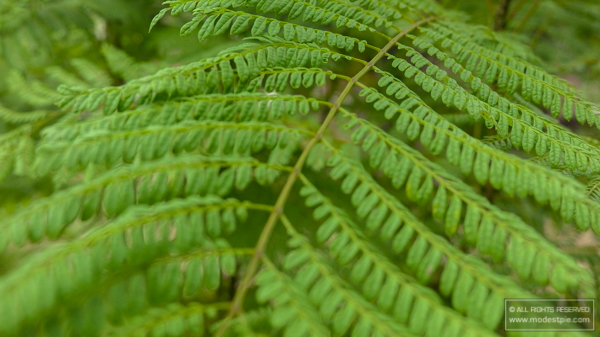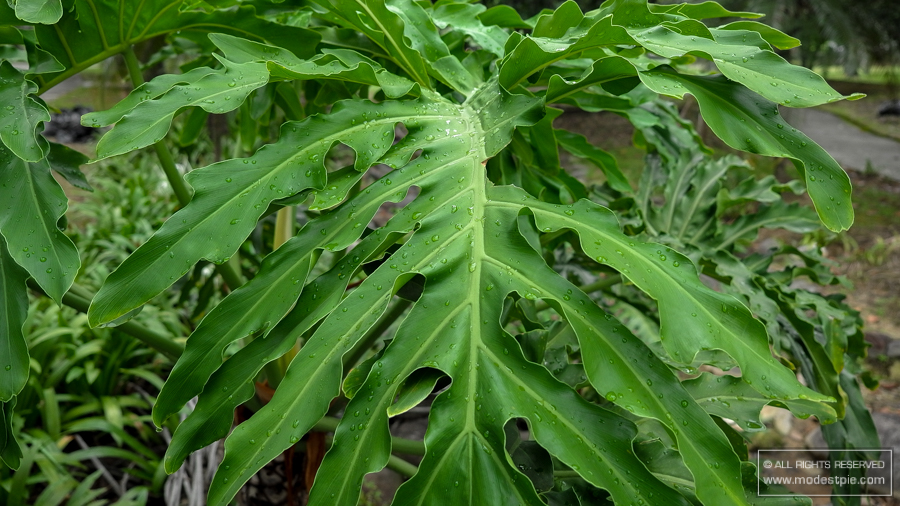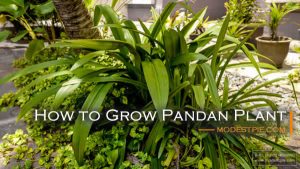Divided into several chapters beginning with the microscopic and all the way to the big trees, How Plants Work: The Science Behind the Amazing Things Plants Do (Science for Gardeners) soothes the curious mind with the basics of, well, how plants function. The author cleverly goes through the process without overly burdening the reader with complex details and overbearing scientific knowledge. Hence, a degree in science is not a prerequisite for reading this book. 😉
Most of the time, the information is just sufficient to understand the process before the author moves on to the next topic. There are times that I wish the author would have a better glossary or better still, footnotes to explain some botanical terms that seem alien to me but since I read this using the Kindle App, the definitions are just a step away (touch and hold on the word for the meaning to appear, for example like the word fungi in the paragraph below). If you’re reading it from the book and you’re a beginner in botanical stuff, you might want to have a dictionary or web-enabled device in hand to look up some words.

Some fun facts from the book that you can look forward to:
- Those white ‘roots’ could actually be fungiFungi lack chlorophyll and are therefore incapable of photosynthesis. Many play an ecologically vital role in breaking down dead organic matter, some are an important source of antibiotics or are used in fermentation, and others cause disease. The familiar mushrooms and toadstools are merely the fruiting bodies of organisms that exist mainly as a thread-like mycelium in the soil. Some fungi form associations with other plants, growing with algae to form lichens, or in the roots of higher plants to form mycorrhizas. Fungi are now often classified as a separate kingdom distinct from the green plants. that work in partnership with the plant they are attached to.
- Staking should never be permanent just like how parents should learn to let go of their kids at strategic times to encourage independence.
- Plants not only know how to differentiate between night and day, in this book the author introduces to us how plants tell between seasons.
“Makes the science of plant processes accessible to home gardeners.”
– The American Gardener
By the end of the book, I gathered the basic functions of different parts of the plants and I know better now not to simply mess with the natural growth of the roots and up… until I get my hands on The Pruning Book, one of the recommended reads by the author. Until then I have the excuse to leave my little garden alone with enough reasons not to touch it even as it grows to become a forest…

About Author Linda Chalker-Scott
Dr. Linda Chalker-Scott has a Ph.D. in Horticulture from Oregon State University and is an ISA certified arborist and an ASCA consulting arborist. She is WSU’s Extension Urban Horticulturist and an Associate Professor in the Department of Horticulture.
N.B. All images in this article marked with copyright are properties of www.modestpie.com. For use and purchase of the full resolution of these images, kindly send us a message at admin@modestpie.com.








